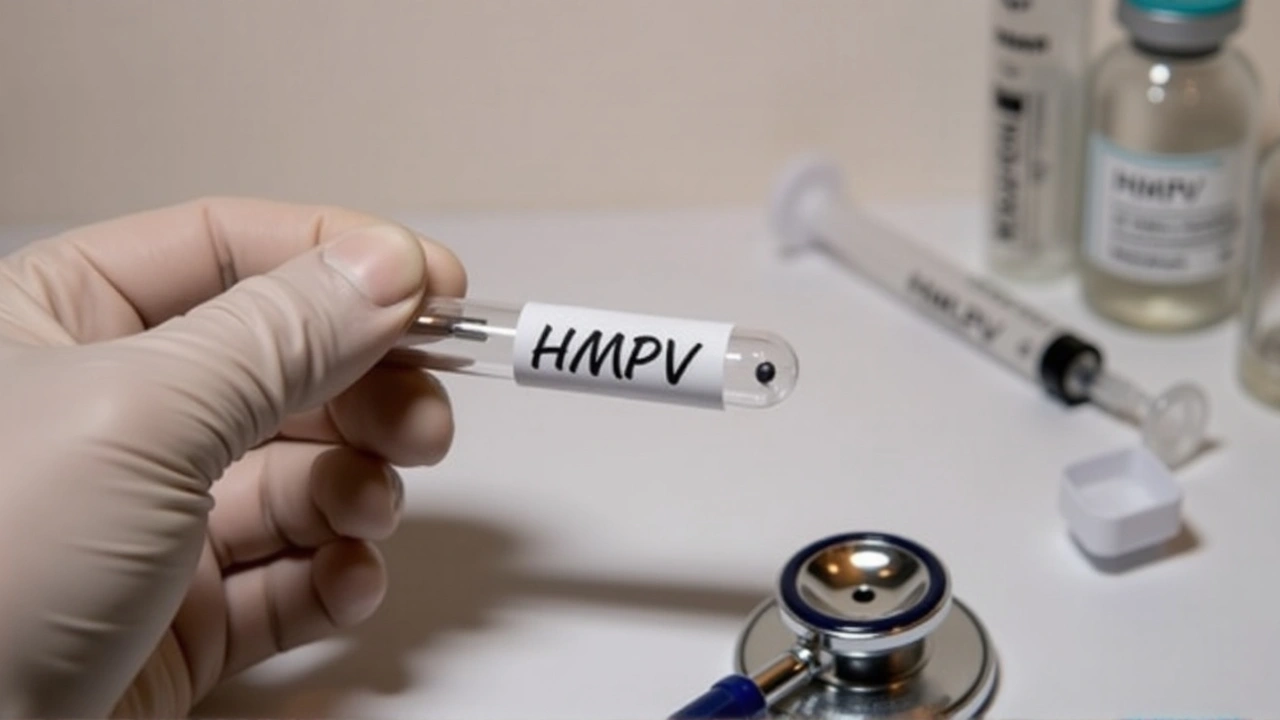What is Human Metapneumovirus?
The Human Metapneumovirus (HMPV) is an emerging virus that affects the respiratory system, often mimicking the symptoms of other seasonal respiratory illnesses such as the flu and Respiratory Syncytial Virus (RSV). This virus tends to circulate predominantly in the late winter and early spring, similar to its counterparts. Symptoms usually include a repercussion on the lower respiratory tract, leading to issues such as cough, fever, nasal congestion, and occasionally shortness of breath. While severe complications are rare, they can occur, particularly in infants, the elderly, and individuals with weak immune systems.
Recent Developments in India
The virus first came under heightened scrutiny following reports of an outbreak in China. With international attention turning toward the potential spread, India was prompt in its response upon detection of cases on its soil. The Union Health Ministry has responded to these developments by putting forth reassurances that there is no immediate threat discernible. However, acknowledging the potential risk, the ministry is in close contact with global health authorities such as the World Health Organization (WHO) to stay abreast of new information and global trends related to HMPV.
Tracking the Cases
In India, confirmed cases have emerged in the states of Karnataka and Gujarat, which marks the beginning of HMPV’s presence in the country. One of the first cases involved a 3-month-old female infant in Karnataka who was admitted with bronchopneumonia, later diagnosed with HMPV. Shortly thereafter, an 8-month-old male infant tested positive in the same region, also showing symptomatic bronchopneumonia. Another instance was reported in Gujarat, necessitating urgent public communication to prevent panic and ensure clarity regarding the virus's impact and management.
Government Preparedness and Response
In light of these developments, the Indian government has rapidly mobilized its health systems to ensure robust preparedness measures are in place. This includes conducting a nationwide drill across health systems to affirm the country's capacity to manage any potential rise in respiratory illnesses, symbolizing a proactive approach rather than a reactive one. In parallel, surveillance networks that include local health centers have been heightened, ensuring they remain vigilant for any signs of an extended spread of HMPV, alongside the current flu strains making the rounds.
Urgent Prevention Guidelines
Emphasizing prevention as a key strategy in curtailing the virus's spread, the health ministry has issued comprehensive guidelines focused on basic hygiene practices, emphasizing thorough hand washing with soap and water for a minimum of 20 seconds or resorting to alcohol-based hand sanitizers when necessary. Personal measures such as wearing masks, especially within crowded spaces or during outbreaks, and avoiding close interactions with individuals experiencing respiratory symptoms, are also actively advocated. Importantly, those displaying symptoms are encouraged to self-isolate, take self-care steps, and report to healthcare facilities if needed for comprehensive support.
Global Implications of HMPV
The situation surrounding HMPV is not constrained merely within India's borders—it is a matter of international relevance. As globalization continues to bridge geographical gaps, diseases like HMPV highlight the intricate connections and shared concerns between different nations. The role of the World Health Organization and global health agencies has never been more pivotal. As HMPV spreads typically from person to person or via contaminated surfaces, maintaining global vigilance and cooperation becomes indispensable, enabling a swift and coordinated response to emerging health threats.
Conclusion: A Coordinated Strategy
To address these challenges, the Joint Monitoring Group (JMG) has been formed, incorporating expertise from various reputable entities, including the WHO, the Disaster Management Cell, and the National Centre for Disease Control (NCDC). This group convenes to discuss and strategize India's preparedness and response activities concerning HMPV, ensuring that all sectors of public health are adequately represented and informed. This multilayered approach underlines not just India's capacity to manage local outbreaks, but its dedication to contributing to a broader, global public health initiative.







Write a comment